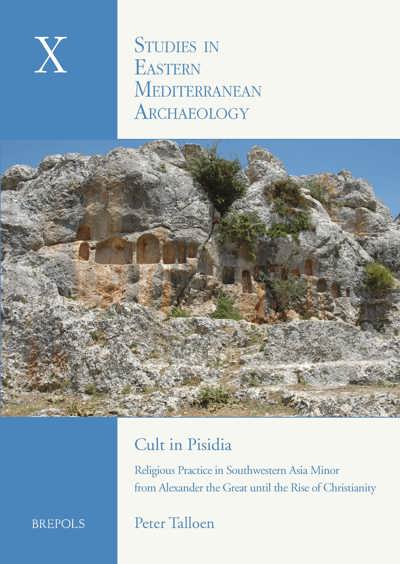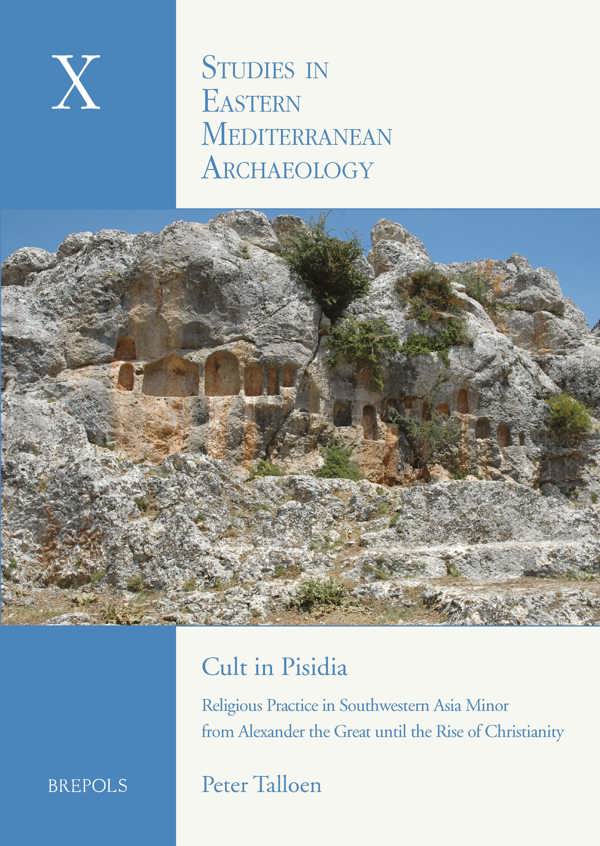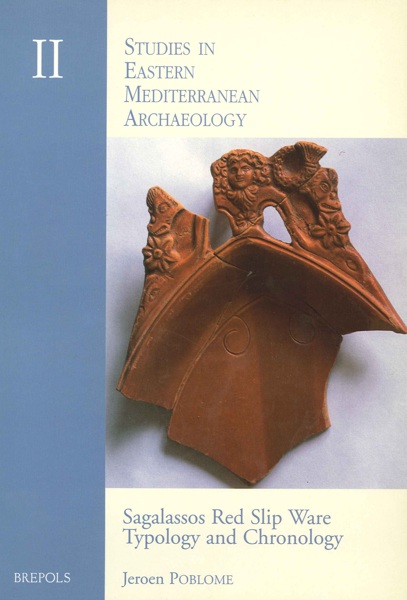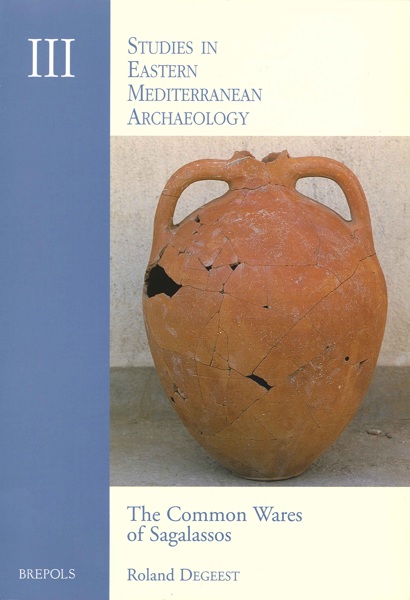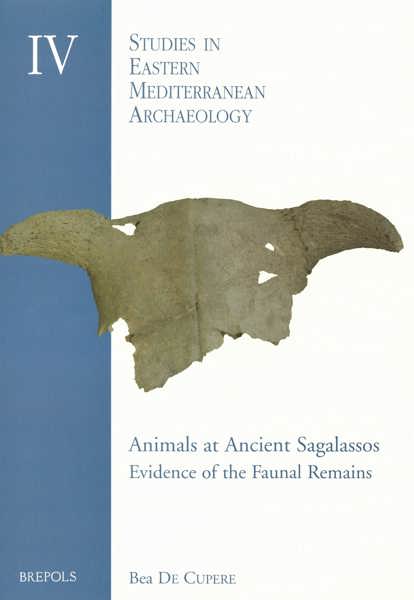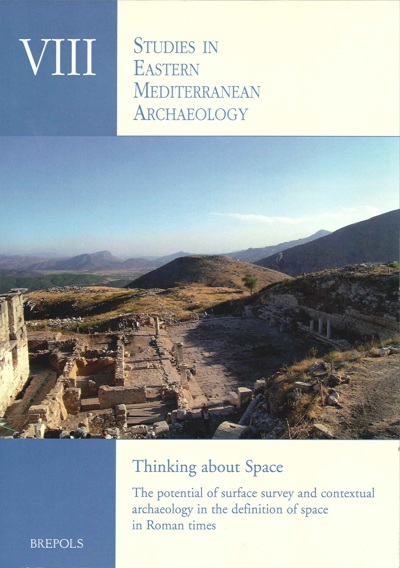
Cult in Pisidia. Religious Practice in Southwestern Asia Minor from Alexander the Great to the Rise of Christianity
Peter Talloen
- Pages: xx + 412 p.
- Size:210 x 297 mm
- Language(s):English
- Publication Year:2015
- € 130,00 EXCL. VAT RETAIL PRICE
- ISBN: 978-2-503-99114-6
- Paperback
- Available
"Talloen hat eine Art Handbuch zu Kult und Religion in Pisidien vorgelegt, welches durch epigraphische Neufunde, archäologische Erkenntnisse und numismatische Publikationen gewiss künftig bereichert und ergänzt werden, aber dennoch für lange Zeit ein grundlegendes Referenzwerk bleiben wird." (Hartwin Brandt, in: Sehepunkte 16 (2016), Nr. 5 [15.05.2016], URL: http://www.sehepunkte.de/2016/05/27958.html)
"Talloens monografie vormt een handige collectie van archeologisch, epigrafisch en numismatisch bewijs voor goden, heilige plaatsen, religieus personeel en rituelen in Pisidië. Voor eenieder die zich wil inlezen in de religieuze geschiedenis van dit gedeelte van Turkije is het een belangrijk naslagwerk." (Dies van der Linde, in: Tijdschrift voor Mediterrane Archeologie, 57, 2017, p. 50-52)
“Given the great care with which the data were gathered and the completeness of the information, his research constitutes an essential repertoire of reference (…) This will surely be of great benefit to the study of religious practices, in Pisidia and the other regions of Anatolia, so rich in as-yet untapped potential for our knowledge of Hellenistic-Roman history.” (Francesco D’Andria, in Journal of Greek Archaeology, 3, 2018, p. 512)
This volume is dedicated to cult in the ancient region of Pisidia. The findings of the archaeological research at the ancient city of Sagalassos are combined with the results of archaeological survey projects conducted in the region, as well as epigraphic, numismatic and iconographic studies, to create an evolutionary overview of religious practice from Alexander the Great until the rise of Christianity. Set against their indigenous background, the volume assesses the impact on local cult habits of the two acculturation processes occurring within this historical timeframe - Hellenisation and Romanisation - by examining changes and continuities in the constituent elements of religious practice, namely the pantheon of worshipped deities, the sacred space where the communication with the divine sphere took place, the cultic personnel in charge of this interaction, and the rituals involved.
